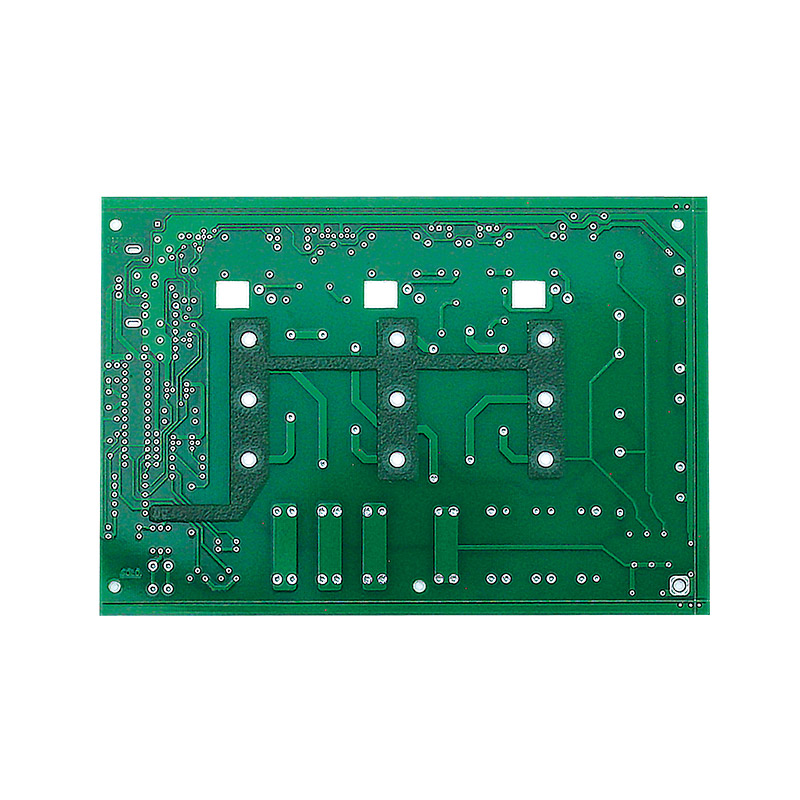What is Multilayer PCB, and How Does it Work?
In the ever-evolving landscape of electronic components, Multilayer Printed Circuit Boards stand out as a technological marvel, playing a pivotal role in the functionality of countless devices we use daily. As we delve into the intricate world of multilayer PCBs, we aim to demystify their composition, working principles, and their indispensable role in the electronics industry.

What Sets Multilayer PCBs Apart?
Multilayer PCBs distinguish themselves from their single and double-layer counterparts by their complex structure, comprising multiple layers of substrate material sandwiched together with conductive traces. This three-dimensional design allows for increased functionality, making them the preferred choice in advanced electronic applications.
Composition of Multilayer PCBs
Multilayer PCBs consist of alternating layers of dielectric material and conductive copper traces. The dielectric layers, often made of epoxy resin or fiberglass, provide insulation between the conductive layers. The conductive layers, etched with precision, form the intricate circuits that define the PCB's functionality.
Working Mechanism
Signal Transmission in Multilayer PCBs
The functionality of multilayer PCB hinges on efficient signal transmission between different components. With multiple layers, these boards offer a more compact and interconnected circuitry, reducing signal interference and enhancing overall performance.
Power Distribution Efficiency
One notable advantage of multilayer PCBs is their superior power distribution capabilities. The multiple layers allow for dedicated power planes, ensuring a stable and efficient power supply to various components. This feature is particularly crucial in high-performance electronic devices.
Applications of Multilayer PCBs
Electronics Industry
The electronics industry heavily relies on multilayer PCBs for manufacturing advanced devices such as smartphones, tablets, and computers. The compact design and enhanced performance make them an integral component in modern electronic gadgets.
Aerospace and Medical Fields
In aerospace and medical applications, where reliability and precision are paramount, multilayer PCBs find extensive use. Their ability to handle complex circuits and ensure signal integrity makes them indispensable in critical electronic systems.
Advantages Over Single and Double-Layer PCBs
Compact Design
Multilayer PCBs offer a significant advantage in terms of space efficiency. The ability to stack multiple layers allows for a more compact design, ideal for applications where space is a premium.
Enhanced Performance
The intricate design of multilayer PCBs translates to improved performance. Reduced signal interference, efficient power distribution, and the ability to handle complex circuits contribute to the overall enhanced functionality of electronic devices.
Future Trends and Innovations
Miniaturization and Integration
As technology advances, the trend towards miniaturization and integration continues to shape the future of multilayer PCBs. Manufacturers are exploring innovative ways to pack more functionality into smaller spaces, catering to the demands of evolving electronic devices.
Materials and Manufacturing Processes
Ongoing research focuses on developing new materials and manufacturing processes to further enhance the capabilities of multilayer PCBs. This includes exploring advanced substrates and precision etching techniques to push the boundaries of electronic design.
Conclusion
In conclusion, Multilayer PCBs are the backbone of modern electronics, enabling the seamless integration of complex circuits in a compact space. Their evolution has been instrumental in advancing technology across various industries. As we navigate the intricate world of Chengyi PCB, it becomes evident that their significance is bound to grow in tandem with technological innovation.

Comments
0